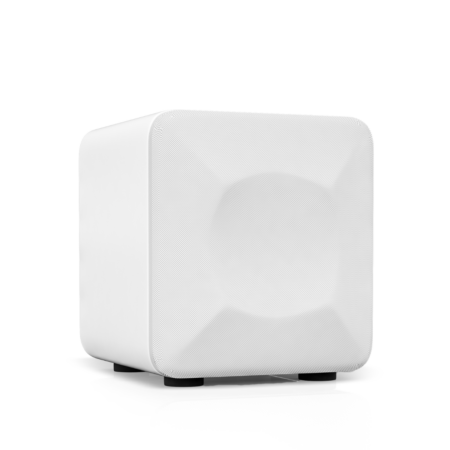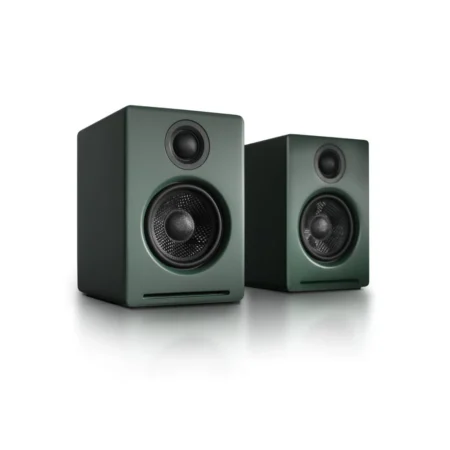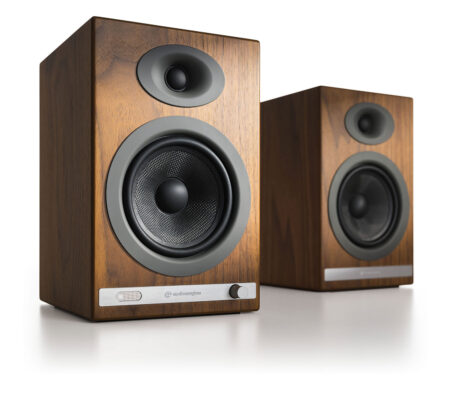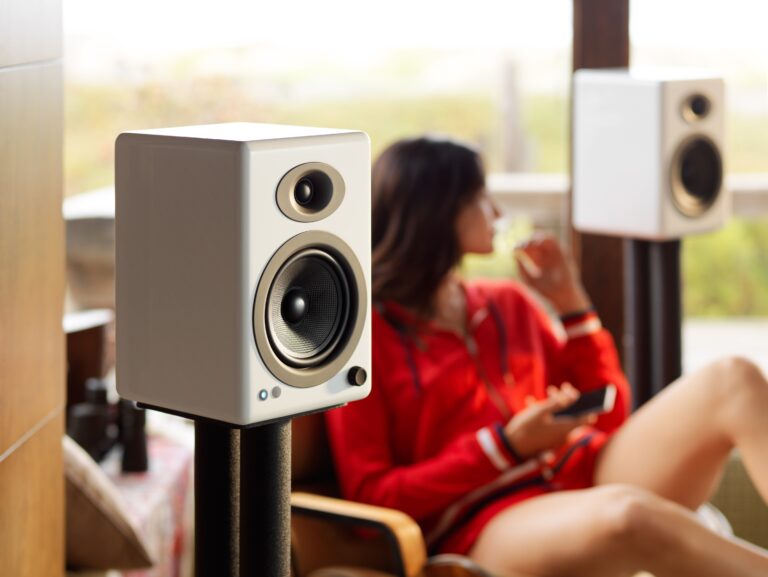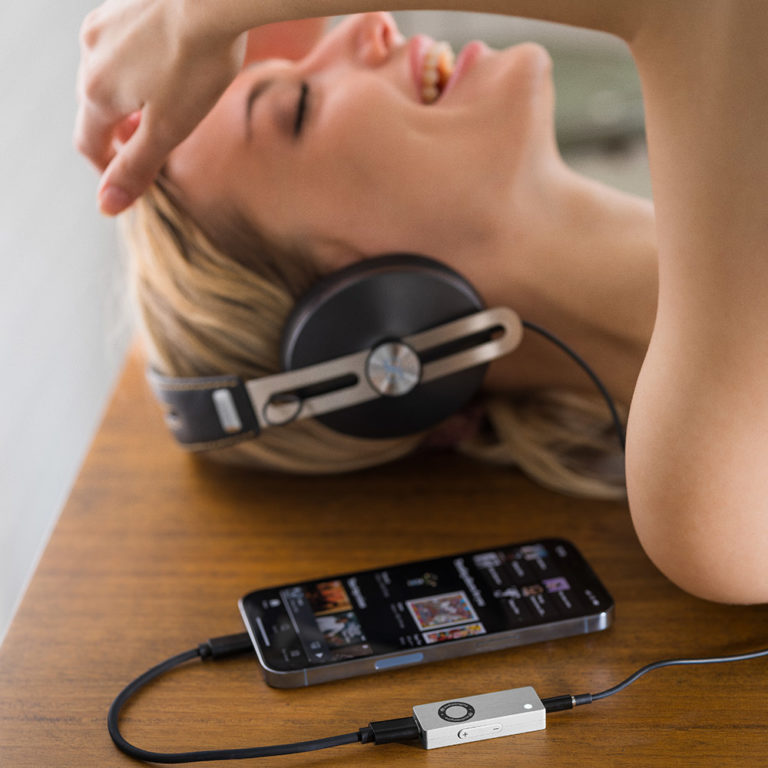Does Lossless Audio Matter?
As the world of music streaming evolves, so too does the debate around the utility of lossless audio. Criticisms of Spotify and Tidal’s recent lossless audio changes argue that lossless audio is a theoretical improvement with little practical benefit for most listeners.
While some critics have claimed, "Lossless Audio is a Surprising Waste of Time", this view fails to consider recent advancements in audio technology and shifts in how we listen to music in today's world.
We are here to shed some light on the topic of lossless audio and make the case that lossless audio is not merely an extravagance for audiophiles but the next evolution in music streaming.
What is lossless audio?
Unlike standard music streaming, which often compresses files to minimize data usage, lossless audio maintains the integrity of the original recording, at the cost of more data use.
For those of us passionate about audio quality—whether you're a dedicated audiophile or a casual listener who appreciates clarity and depth—this means accessing studio-quality sounds from the comfort of your home.
Can you hear the difference?
Some people assert that the average listener cannot see the difference between compressed audio and lossless audio on typical Bluetooth speakers or headphones. As wireless music playback is more common than ever before, this idea must be revisited due to recent technological advancements.
The market has seen a notable increase in the quality and capability of both wireless speakers and headphones. Notably, hi-fi quality speakers, such as those from Audioengine, which offer 24-bit upsampling via Bluetooth, have set new standards in sound quality that align well with lossless audio formats.

#1: What does "typical" quality mean in 2024?
While it's true that many Bluetooth devices historically had limitations in transmitting high-resolution audio, this is rapidly changing. Technologies like aptX HD and LDAC allow for high-resolution audio streaming over Bluetooth, effectively bridging the gap between wireless convenience and audiophile quality.
The integration of expertly engineered digital-to-analog converters and powerful room filling analog amplifiers in modern audio systems means that the definition of “typical” is changing. Lossless audio does matter because these devices are becoming significantly more common as consumer understanding of audio products increases and they seek products that are built to handle and enhance higher quality audio.
#2: A Complete Listening Experience
While some critics question the practical limits of human hearing, it’s crucial to understand that while the raw ability to differentiate sound quality might be subtle, the overall experience created by a quality home audio setup is not subtle at all.
There's a richness, a depth, and a clarity in lossless audio that, when paired with capable playback devices, enhances the listening experience significantly. This isn't just about hearing more; it's about feeling more. Hearing and feeling your favorite songs as if they were being performed live right in front of you. Music isn't merely a collection of sounds but a medium that conveys emotions and stories — qualities that are rendered more vividly through superior sound.
#3: Not Just for Studios and Musicians
The argument that high-resolution audio is only beneficial in a studio setting also misses the mark. While studio professionals might gain the most tangible benefits from lossless formats, regular users benefit from the trickle-down of this technology into consumer products. The availability of high-quality audio means that more people can experience music as the artist originally intended.
#4: Internet Speeds and Accessibility Better Than Ever
Critics also often cite the inefficiency of streaming high-resolution audio due to its data demands. While it's true that lossless streaming consumes more data, this should not be a barrier in an era where data capacities are continually expanding. Many consumers already prioritize data plans that accommodate high-definition video streaming; audio streams, even at high resolutions, require significantly less bandwidth.
#5: Where You Listen Matters
Finally, critics suggest that the nuances of lossless audio are wasted on modern playback equipment or that the setting one listens in (like a noisy street) negates its benefits is to miss the broader point of technological advancement. High-fidelity home audio systems and noise-cancelling headphones are becoming increasingly common, providing more listening environments where high-resolution audio can be fully appreciated.
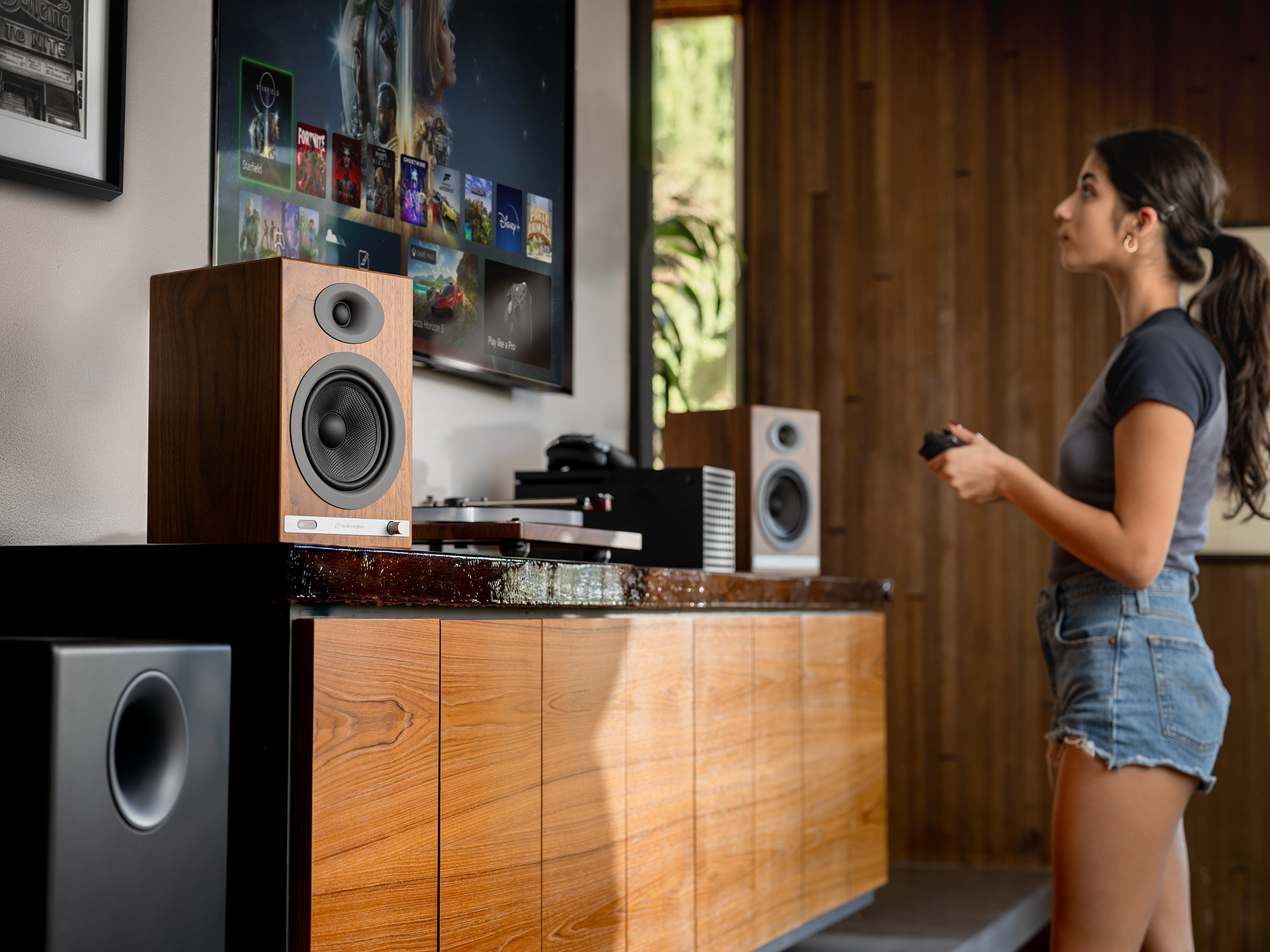
Conclusion
Dismissing lossless audio as a wasteful pursuit fails to recognize the evolution of both consumer demand and technological capabilities. As our tools for experiencing music improve, so too should the quality of the audio we feed them.
Lossless audio isn't just about capturing every sound—it's about respecting the music, the artist, and the listener's experience. It’s about ensuring that every note, every breath, and every subtlety in a performance is transmitted from the studio to your speakers with nothing lost along the way.
As we continue to embrace technologies that enhance our daily lives, why should the way we experience music be any exception?



